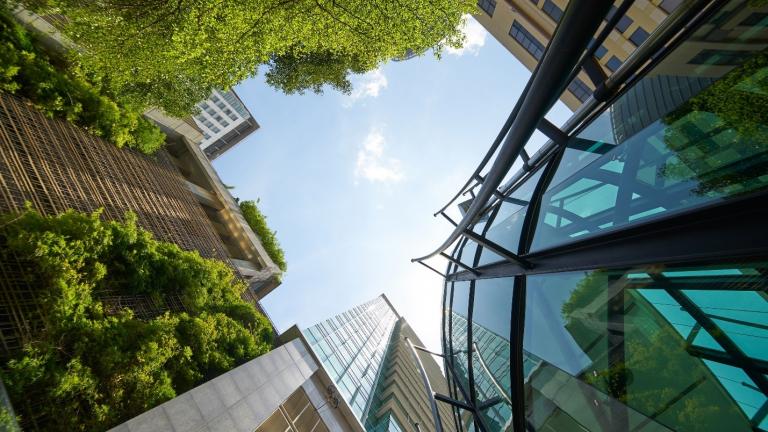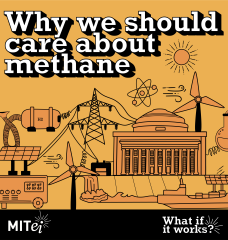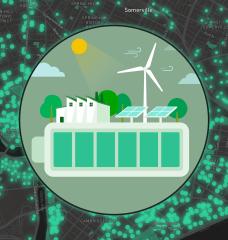
Development is about meeting the basic development agenda of human need and stepping up for sustainable development goals (SDGs). This is applicable for the 800 million people who go to bed hungry every night, the one billion people don’t have access to energy, the two billion people who don’t have access to clean water, and the four billion people who don’t have access to sanitation. By 2030, food production will have to be increased by 20 percent, whereas, 30 percent of total land and 70 percent of agricultural land are already degraded. By the same period, total demand for water is going to outstrip the current supply by 40 percent. To meet the current urbanization, we are causing mass deforestation which is contributing to more than 50 percent of carbon emission and loss of 13-20 million hectors every year. By 2030, we will have one billion people living in the city, and another billion entering into the middle class. This will require 20 percent more energy than the current scenario. If we continue our present behavior, even going to 1.5° C global warming will make the situation worse, let alone if we go to 2° C.
These implications are directly or indirectly associated with climate change that requires mitigating it urgently and achieving sustainability through different carbon emission mechanisms.
There is a major dilemma in these contexts. Producing more food or accommodating more people for a better living will essentially require more energy, natural resources, and infrastructures which will bring more drastic measures to our climate. Meeting new demands doesn’t mean that we will have to sacrifice our pristine natural status. For example, when we push for electric vehicles, we have to sure we are not pulling the energy from fossil fuel generated electricity; when we are using solar pumps, we are not obstructing aqua firms; or we are not using fossil fuels to mine coppers to wind turbines. These are the challenges of sustainable development.
Another problem is that we are concentrating on and promoting too much short-term consumption. Our natural resources of the planet need to be preserved and managed if they are going to supporting us over the long-term. If we use the resources faster, it will be replenished faster which is equivalent to killing the goose that laid the golden egg of development, and hence, the foundation of our development will be gone.
These dilemmas clearly show that to preserve the climate, we are not properly investing in the areas where we need to invest. If we need to build low carbon resilient society for the middle-income countries, it will require more than $75 trillion in the next years. To meet this demand, World Bank, ADB and their donors are constantly devising new financial models and investment mechanisms. However, these initiatives are merely enough to meet the huge investment need. In this context, the need for private investors is crucial that brings in the scope of green bond financing.
For this purpose, we will have to tap into the private sector which has huge investment potential. This market has $6 billion in negative interest rate, the bonds have $10 trillion in low governments, and government securities have $9 trillion; all of which are sitting idle.
This huge potential can be harnessed through green bond financing that can attract new types of investors who are looking at the long-term perspective. In this context, the governments and regulatory authorities across the region can make a concerted effort to promote a green-investment friendly environment, in which green bonds can increasingly be a part of the solution to mitigating the climate change, achieving sustainability and preserving the nature.






